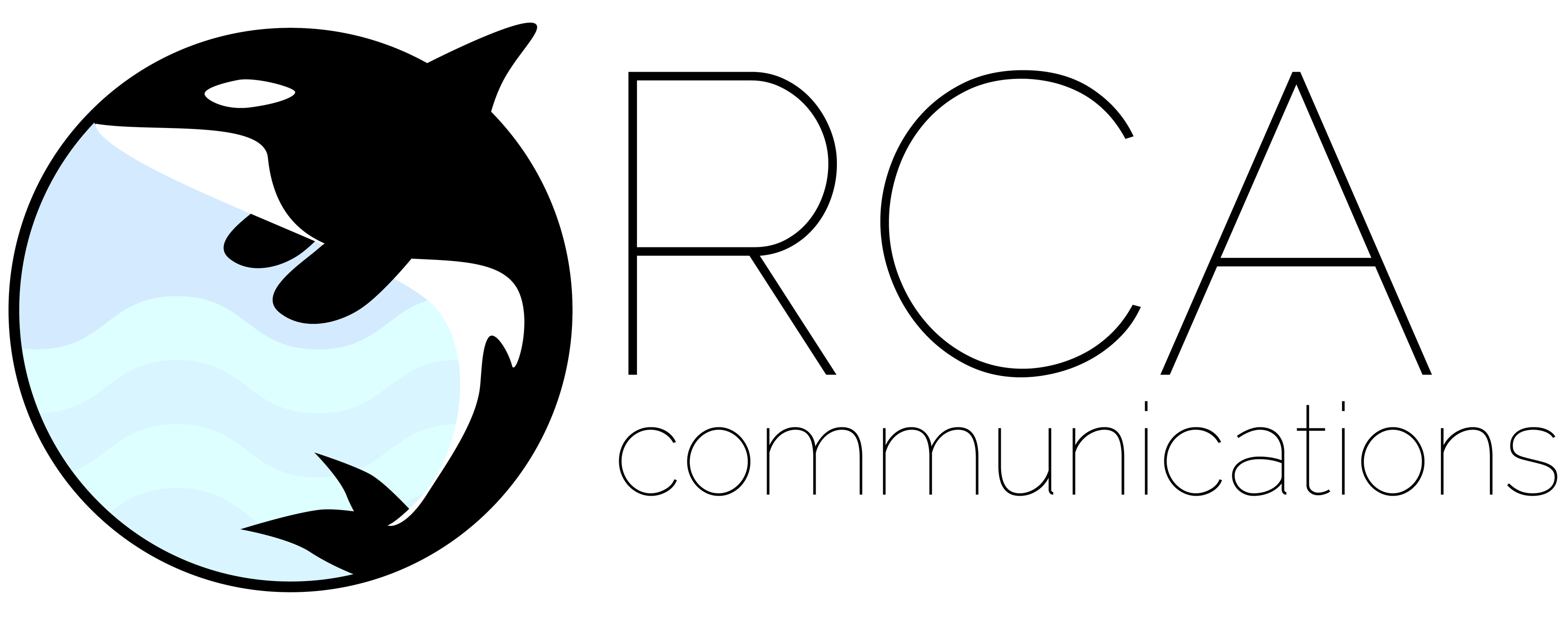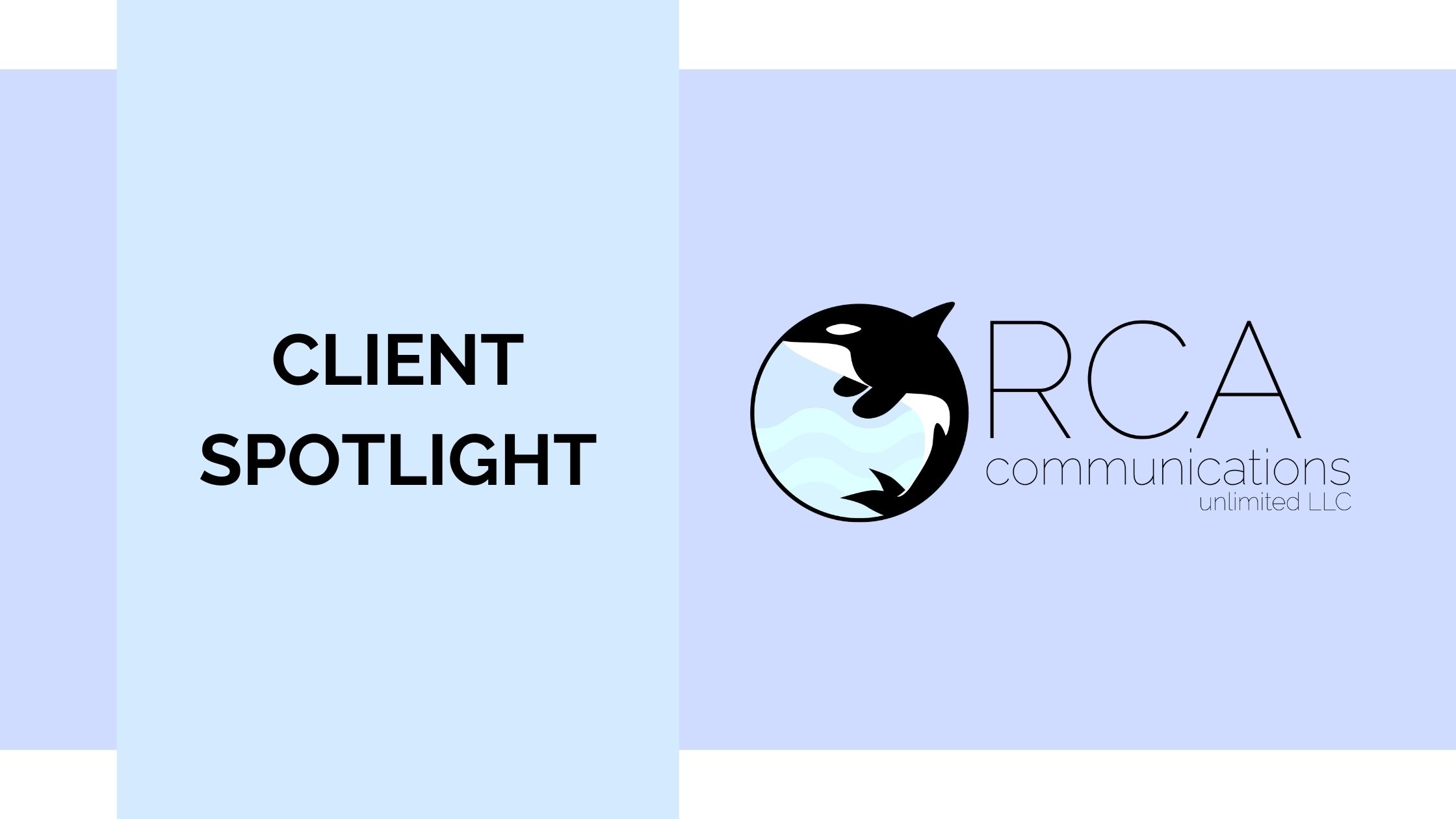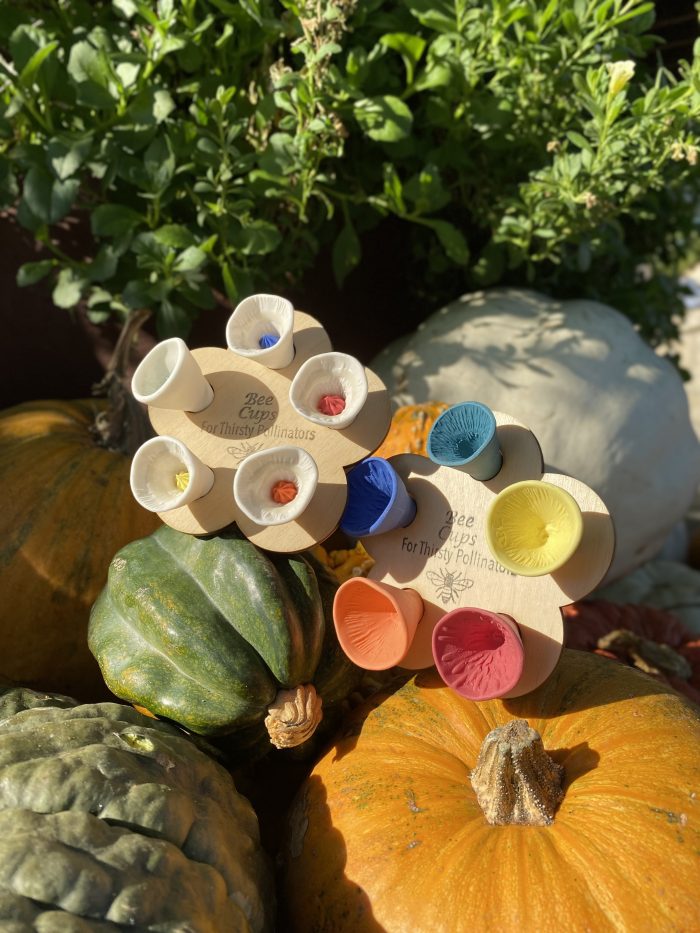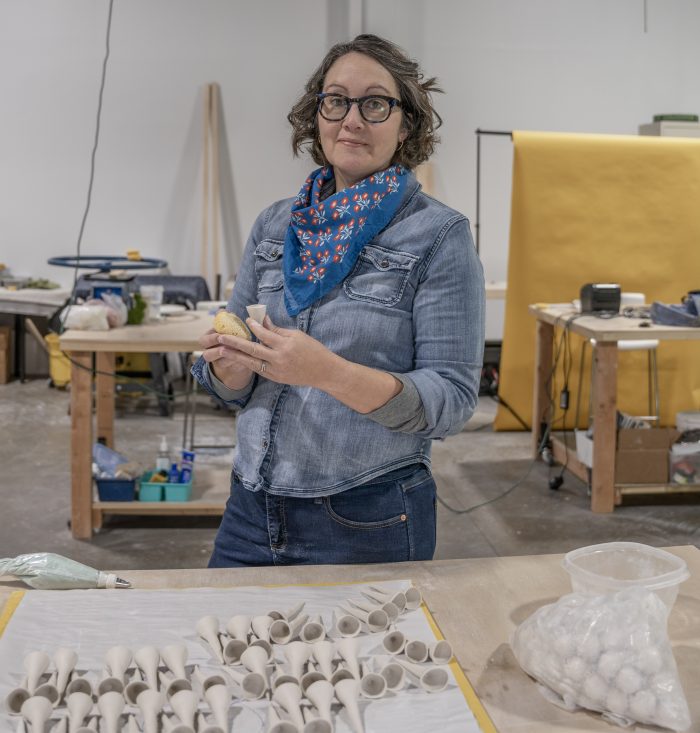Orca Communications Client Spotlight – Bee Cups
WELCOME TO THE ORCA COMMUNICATIONS PR CLIENT SPOTLIGHT. EACH MONTH OUR CLIENTS TELL YOU IN THEIR OWN WORDS WHY THEY DO WHAT THEY DO AND PROVIDE TIPS FOR OTHER GROWING SMALL BRANDS AND BUSINESSES.
Bee Cups combine delicate handmade art with fascinating science to combat the decline of native bees and honey bees. Eco-artist, Jen Rose, texturized the inside of the porcelain bee cups so insects can climb in and out easily. She also invented an Ultraviolet ceramic glaze that mimics the way flowers attract bees. The glaze is fired onto the Bee Cup at over 2000 degrees Fahrenheit where it turns into a glass (never leaching chemicals into the soil or water). Finally, Jen wanted to be sure Bee Cups would not breed mosquitoes, so she built them to hold only a teaspoon of water, which is half the amount mosquitoes need to breed. Bee cups uses zero plastic in its packaging and production, recycles all the unusable bee cups, and strives to be zero waste. Made in the USA with locally sourced materials. We spoke with Jen Rose about how she combined her passion, art, science, and creativity to create this product.
Bee Cups might just be the “sweetest” product we’ve ever worked with! What is your history with bees and where did that passion come from?
In 2013 I adopted the term, “Ecological Artist” to describe myself and my dedication to raise awareness of environmental concerns. As an artist my main media is porcelain with a focus in installation art. I created submissive environments that might mimic the sea floor or flights of birds. The decline of bees, and pollinators in general, should sound alarm bells. I had the idea of creating something in partnership with the bees, that would help their survival, so I created an outdoor installation of Bee Cups. The first ones were clunky, but the idea caught on and the product was refined along the way.
How did nature inspire your product design?
Pollinator safety was my first priority. I studied bee feet to see what textures would be most beneficial. I like to describe the texture on the inside of the cups as a bathmat for bees. I also planned the size of the bee cups so that they would catch water for pollinators, but be too small to successfully breed mosquitoes.
The Ultraviolet reactive glaze you put on your product is fascinating. How did you come up with that?
I learned that pollinators see colors on the Ultraviolet wavelength. Flowers have invisible colors and patterns that react to UV light. My background in glaze chemistry gave me the tools to create a ceramic glaze that reacts to ultraviolet light with similar colors and patterns that flowers use to attract bees. It was a lot of trial, error and testing of materials!
What has been the biggest hurdle you’ve had to cross in bringing Bee Cups to market?
I began gradually. First I worked alone in my garage, then I hired one worker, then another. Soon we were so cramped that we couldn’t safely move around. The biggest hurdle was convincing a bank to loan me money to purchase a new studio space. I didn’t want to deeply invest time and money in a rental studio space, only to have to move out in 24 months. I had enough of a nest egg to make it work, but three banks turned me down because they couldn’t see my vision. Finally, I got a loan through Comerica and they have been wonderful to work with. If I was unable to purchase my studio we would have never gotten off the ground.
If you could teach people one thing about bees that isn’t already general knowledge, what would it be?
Bees are one of the most intelligent creatures! I’m amazed that honeybees know how to use water to cool their hive. Some bees have the specialized job of bringing water back to the hive. Once they are back they spray it on the hive walls. Other bees flap their wings at the hive entrance and draw air through the hive to create evaporative cooling! It’s so smart! …..Oh, and bees don’t sting unless it’s a last resort.
Now for a question that I ask all of our clients: Name one thing you like about working with Orca Communications.
I love the personalized attention I get from my publicist. I work with Rita to promote Bee Cups and she always looks for unique stories or leads. I am pretty good at social media, but the reach and resources that Orca offers for publications is unmatched!
Are there any new products or projects you’re working on right now that you’d like to share?
Yes, we have very exciting news! We have found a way to reuse Bee Cups that are cracked or damaged and turn them into beautiful crushed chips to cover gardens and flower pots. We crush the unsellable bee cups, then process them to smooth the sharp edges. What’s nice is that the chips still have the Bee Vision Glaze on them and so they should attract more pollinators just by spreading the chips in your garden. We should be able to launch this Bee Cup Pollen in a month or two. This will completely close the waste cycle in the studio. We have always reclaimed any any unfired clay and now we can up-cycle our seconds.



